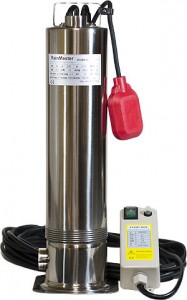 To move collected water from a tank for filtration and then use, installing a submersible pump or centrifugal pressure pump is necessary to get the job done. Additionally, if you go with a submersible pump, it will also need a way to manage and regulate movement.
To move collected water from a tank for filtration and then use, installing a submersible pump or centrifugal pressure pump is necessary to get the job done. Additionally, if you go with a submersible pump, it will also need a way to manage and regulate movement.
A pressure tank with a pressure switch will tell the pump when to turn on and off by a drop of pressure in the pressure tank. This application is much like well system and is intended for household use. It could be used for irrigation, but keep in mind that the pressure tank will need to be frost protected.
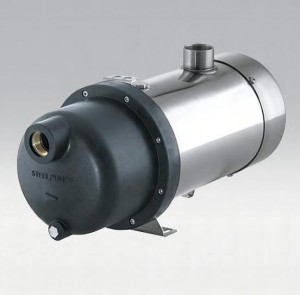 The most common method of conveyance would be a booster pump. These pumps are generally centrifugal pumps and can be placed in the mechanical room or well shed.
The most common method of conveyance would be a booster pump. These pumps are generally centrifugal pumps and can be placed in the mechanical room or well shed.
A centrifugal booster pump is used without an exterior pressure tank and is considered an “on demand” pump, meaning that when the faucet is opened, the pressure in the pump drops down to low pressure – usually 20 PSI, and the pump will start running and maintain constant pressure while the faucet is open. Once the faucet is closed, the pump will continue to run until it meets its high pressure cut off.
It is important to remember that either pump system should always be used before filtration and disinfection.
This was first published as Part 7 in the series “How to Build a Rainwater Collection System”. Click to see parts one, two, three, four, five and six.

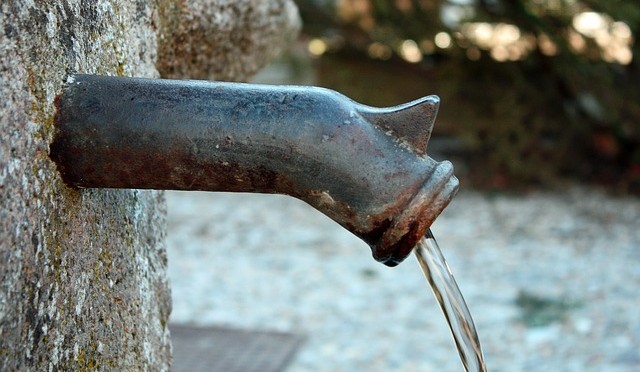
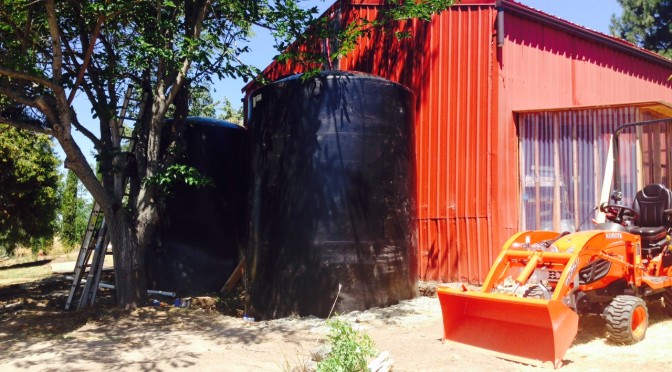
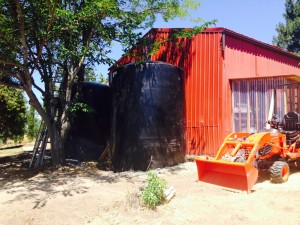 A rainwater collection system can come in all shapes and sizes. Whether you are considering a large commercial system supplying irrigation, toilet facilities, and wash down, or a smaller residential system for irrigation, toilet facilities, laundry, or potable, a well designed system will mean success for your project.
A rainwater collection system can come in all shapes and sizes. Whether you are considering a large commercial system supplying irrigation, toilet facilities, and wash down, or a smaller residential system for irrigation, toilet facilities, laundry, or potable, a well designed system will mean success for your project.